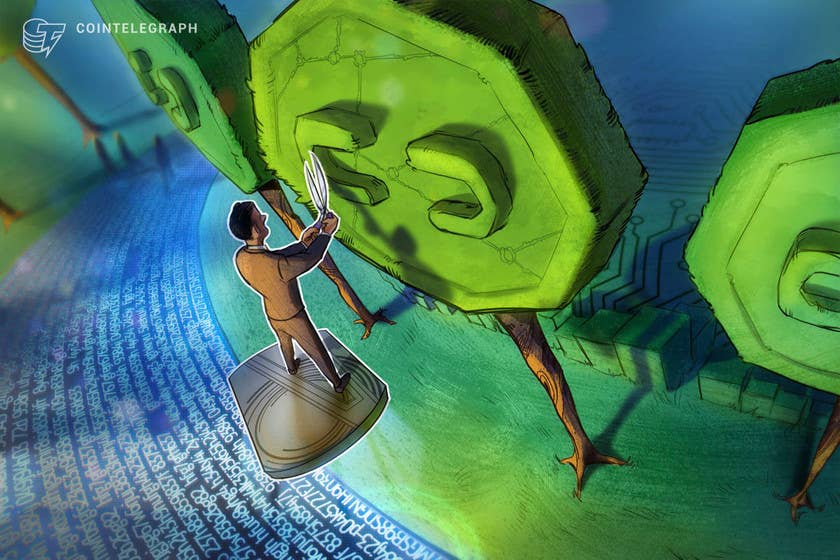BlockDown: DeFi institutional adoption is booming but gas fees hinder growth
The BlockDown panel discussed the current issues but also the potential improvements for DeFi.
148 Total views
1 Total shares

Panelists at a DeFi-focused talk held at the BlockDown conference on Thursday expressed their optimism at the past and future growth of decentralized finance, but highlighted the hurdles to adoption due to congestion on Ethereum.
The panel, titled “DeFi’s newest waves,” featured Anton Bukov, co-founder of 1inch Network, Ajit Tripathi, head of institutional business at Aave, Hyung Lee, CEO of B.Harvest, and Eric Chen, co-founder of Injective Protocol. The panel was moderated by Cointelegraph’s technology editor Andrey Shevchenko (yours truly).
Bukov characterized the current crypto cycle as somewhat more mature than those of the past, notably 2017. The projects raising funds today often have a developed product, while for initial coin offerings projects were often “just an idea,” Bukov said.
Tripathi shared Bukov’s sentiment, while noting that the circle of crypto users has expanded in recent months:
“Crypto whales came in, crypto funds came in [in the summer of 2020]. What’s changed now is that there are quite a few family offices deploying money in Aave. And the only way we know is because, you know, they call us.”
Tripathi nevertheless noted a certain hesitancy in front of the unknown for some of the prospective entrants. In addition, legal constraints could make it hard for institutions to deploy capital to DeFi. For them, custodial solutions are starting to appear:
“Decentralization is continuing, but what we’ve started to see is more and more delivery of DeFi through custodial interfaces, through fintech. And a lot of what we do is just education, advocacy, informing people about all the excitement. […] We are very surprised, often, by the extent to which regulated institutions are already participating in DeFi.”
Future advances in DeFi
Lee, as a representative of the Cosmos ecosystem, focused on the possibilities offered by connecting liquidity. In particular, he believes the next stage of DeFi interoperability will be for “more complex use cases” than token transfers, enabled by the Inter Blockchain Communication protocol.
Chen also focused heavily on scalability, noting:
“Really what you have to look into is how to mitigate some of the current issues on Ethereum, for example: extremely high gas, the current AMM infrastructure — it’s working out pretty well — but there could be some improvements on that as well… The general ‘rollup lonely island’ issue — the composability and atomic transactions between [rollups] and to Ethereum.”
Bukov then recounted a story about 1inch’s growth, noting that there were several periods of exponential growth:
“What we noticed when we became alive and the project started getting traction, that multiple times during these two years we made exponential scale. I call it like this because we had a situation where in the last month we had half of the total volume of the project since the beginning.”
The last time this happened for 1inch was in January 2021, Bukov said. He concluded:
“I agree with the other speakers that right now gas costs is the hugest pain, which is stopping DeFi from real exponential explosion.”









